Alle Fotos(1)
Wichtige Dokumente
63797
3-Mercaptopropyl-triethoxysilan
≥80% (GC), technical
Synonym(e):
3-Triethoxysilyl-1-propanthiol
Anmeldenzur Ansicht organisationsspezifischer und vertraglich vereinbarter Preise
Alle Fotos(1)
About This Item
Lineare Formel:
HS(CH2)3Si(OCH2CH3)3
CAS-Nummer:
Molekulargewicht:
238.42
Beilstein:
2039575
EG-Nummer:
MDL-Nummer:
UNSPSC-Code:
12352103
PubChem Substanz-ID:
NACRES:
NA.22
Empfohlene Produkte
Qualität
technical
Qualitätsniveau
Assay
≥80% (GC)
Dichte
0.987 g/mL at 20 °C (lit.)
Funktionelle Gruppe
thiol
Lagertemp.
2-8°C
SMILES String
CCO[Si](CCCS)(OCC)OCC
InChI
1S/C9H22O3SSi/c1-4-10-14(11-5-2,12-6-3)9-7-8-13/h13H,4-9H2,1-3H3
InChIKey
DCQBZYNUSLHVJC-UHFFFAOYSA-N
Allgemeine Beschreibung
3-mercaptopropyl trimethoxysilane (MPTMS) is commonly used in surface modification of silica nanoparticles by creating thiol group on the surface.
Anwendung
(3-Mercaptopropyl)triethoxysilane (MPTS) can be used as a reagent to prepare thiol functionalized materials. Silica, SBA-15, alumina, starch, and graphene can be functionalized with MPTS and used in various applications.
MPTS functionalized SBA-15 probe is used to determine dissolved mercury in solution.
MPTS functionalized SBA-15 probe is used to determine dissolved mercury in solution.
H-Sätze
P-Sätze
Gefahreneinstufungen
Aquatic Chronic 2
Lagerklassenschlüssel
10 - Combustible liquids
WGK
WGK 3
Flammpunkt (°F)
190.4 °F - closed cup
Flammpunkt (°C)
88 °C - closed cup
Persönliche Schutzausrüstung
Eyeshields, Gloves, type ABEK (EN14387) respirator filter
Hier finden Sie alle aktuellen Versionen:
Besitzen Sie dieses Produkt bereits?
In der Dokumentenbibliothek finden Sie die Dokumentation zu den Produkten, die Sie kürzlich erworben haben.
Kunden haben sich ebenfalls angesehen
Greg J Nusz et al.
ACS nano, 3(4), 795-806 (2009-03-20)
We present the development of an analytical model that can be used for the rational design of a biosensor based on shifts in the local surface plasmon resonance (LSPR) of individual gold nanoparticles. The model relates the peak wavelength of
Tuo Gao et al.
Sensors (Basel, Switzerland), 19(11) (2019-06-07)
Nanoparticle based chemical sensor arrays with four types of organo-functionalized gold nanoparticles (AuNPs) were introduced to classify 35 different teas, including black teas, green teas, and herbal teas. Integrated sensor arrays were made using microfabrication methods including photolithography and lift-off
Preparation of colloidal gold multilayers with 3-(mercaptopropyl)-trimethoxysilane as a linker molecule
Tseng J-Y, et al.
Colloids and Surfaces. A, Physicochemical and Engineering Aspects, 182(1-3), 239-245 (2001)
Ning Gan et al.
International journal of nanomedicine, 6, 3259-3269 (2012-01-10)
The purpose of this study was to devise a novel electrochemical immunosensor for ultrasensitive detection of alfa-fetoprotein based on Fe(3)O(4)/Au nanoparticles as a carrier using a multienzyme amplification strategy. Greatly enhanced sensitivity was achieved using bioconjugates containing horseradish peroxidase (HRP)
Guobin Shan et al.
Theranostics, 3(4), 267-274 (2013-04-23)
Nanotechnology approaches offer the potential for creating new optical imaging agents with unique properties that enable uses such as combined molecular imaging and photo-thermal therapy. Ideal preparations should fluoresce in the near-infrared (NIR) region to ensure maximal tissue penetration depth
Unser Team von Wissenschaftlern verfügt über Erfahrung in allen Forschungsbereichen einschließlich Life Science, Materialwissenschaften, chemischer Synthese, Chromatographie, Analytik und vielen mehr..
Setzen Sie sich mit dem technischen Dienst in Verbindung.



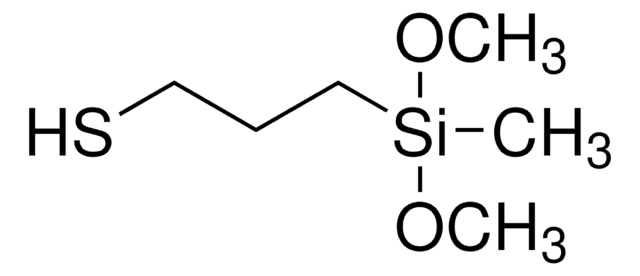
![Bis-[3-(triethoxysilyl)-propyl]-tetrasulfid technical, ≥90% (NMR)](/deepweb/assets/sigmaaldrich/product/structures/242/790/625f5cba-32bd-4acf-a3be-e119e9cf844f/640/625f5cba-32bd-4acf-a3be-e119e9cf844f.png)

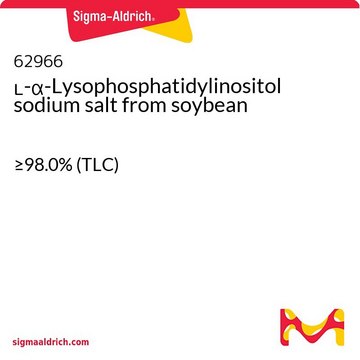
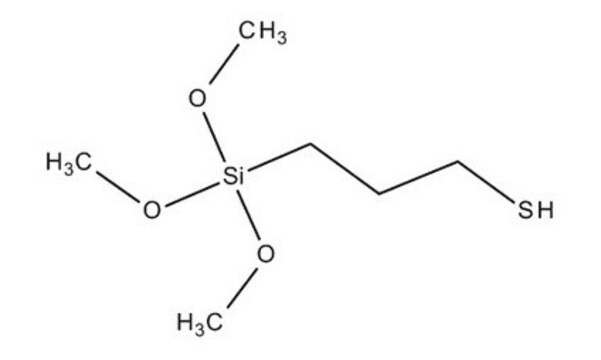


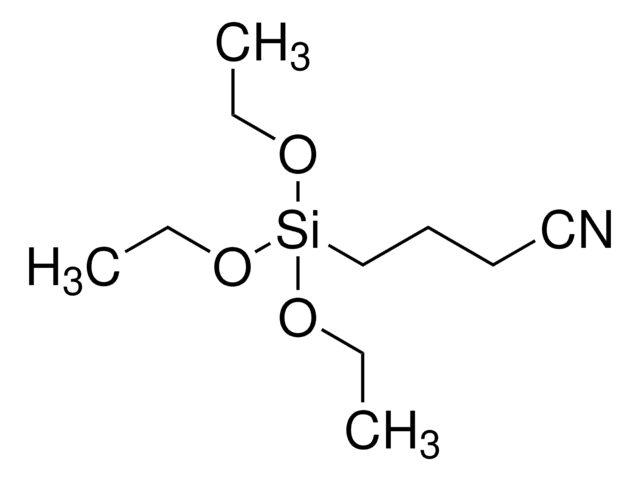
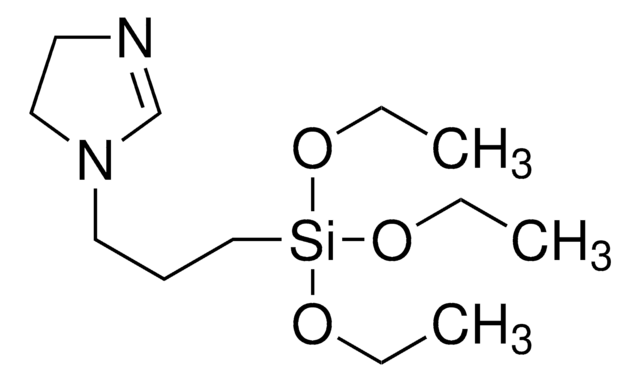


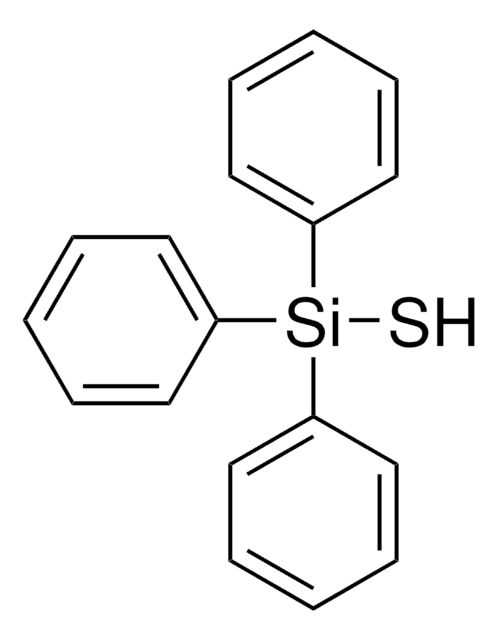
![N-[3-(Trimethoxysilyl)propyl]ethylendiamin 97%](/deepweb/assets/sigmaaldrich/product/structures/149/508/f87a9a89-f138-4c5e-9fe0-6561914241c3/640/f87a9a89-f138-4c5e-9fe0-6561914241c3.png)
